The Industrial Aesthetic was created in the 19th century along with the Industrial Revolution. However, it only gained popularity and became an in the early 2000s. One of the biggest influences on the industrial aesthetic is industrialization and the “leftovers” from the industrial revolution. Initially, the aesthetic was influenced by the repurposing of industrial buildings and in turn usually incorporates open layouts and spacious interiors. This aspect is particularly evident in industrial loft spaces, which repurpose former factories or warehouses.
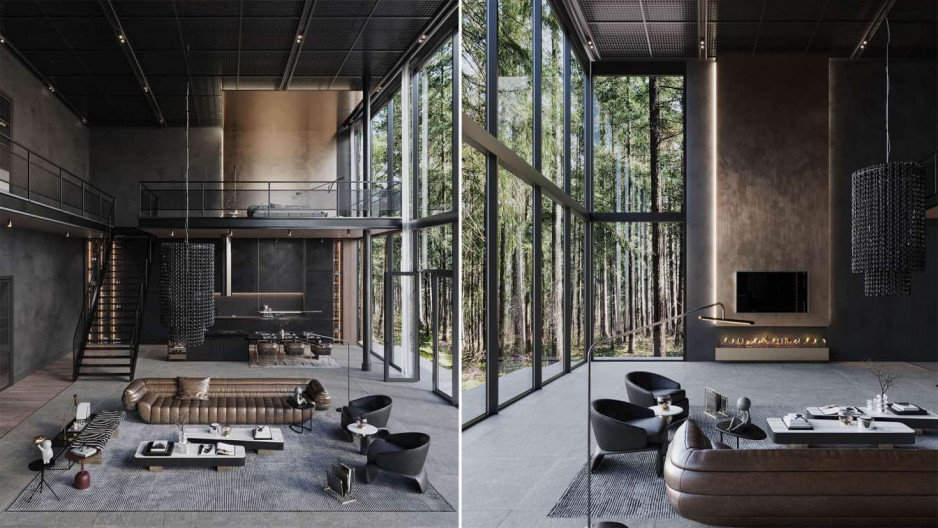
Industrial Aesthetic features the use of raw materials such as steel, exposed brick, and concrete. A large part of the Industrial Aesthetic is incorporating exposed structures into your living space, for instance, using metal beams or pipes as railings. Colors in industrial design tend to be neutral, focusing on shades like gray, black, white, and earth tones. This minimalist color scheme enhances the clean and utilitarian feel.
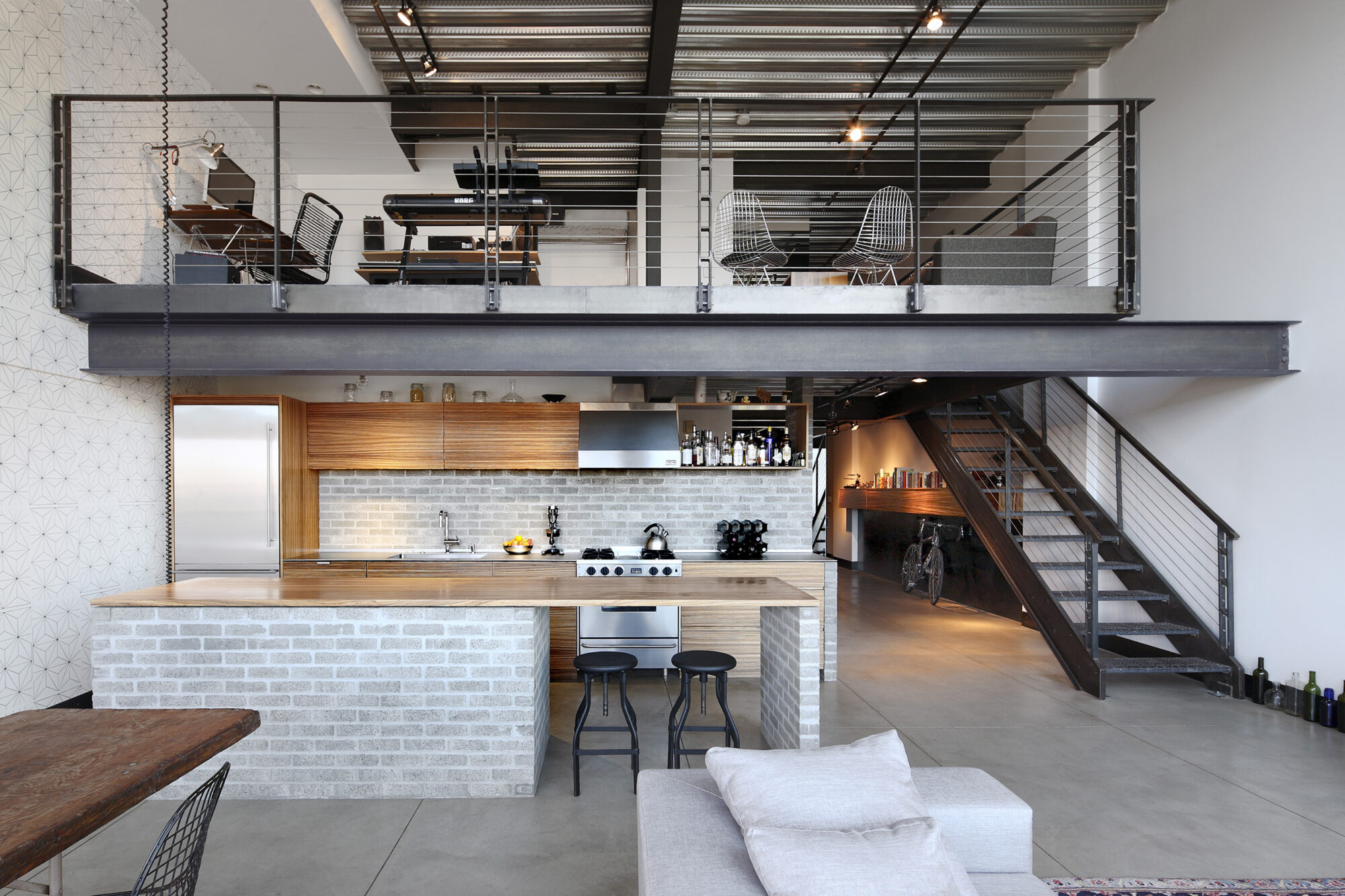
A lot of the time other aesthetics can be seen and add to the industrial aesthetic. Elements inspired by machinery and a steampunk aesthetic can be present. Gears, pulleys, and other mechanical details can be seen incorporated into the design. Pulling from contemporary design, Industrial design often incorporates vintage or salvaged items, adding character and a sense of history to the space. This may include reclaimed wood, antique furniture, or repurposed industrial equipment.
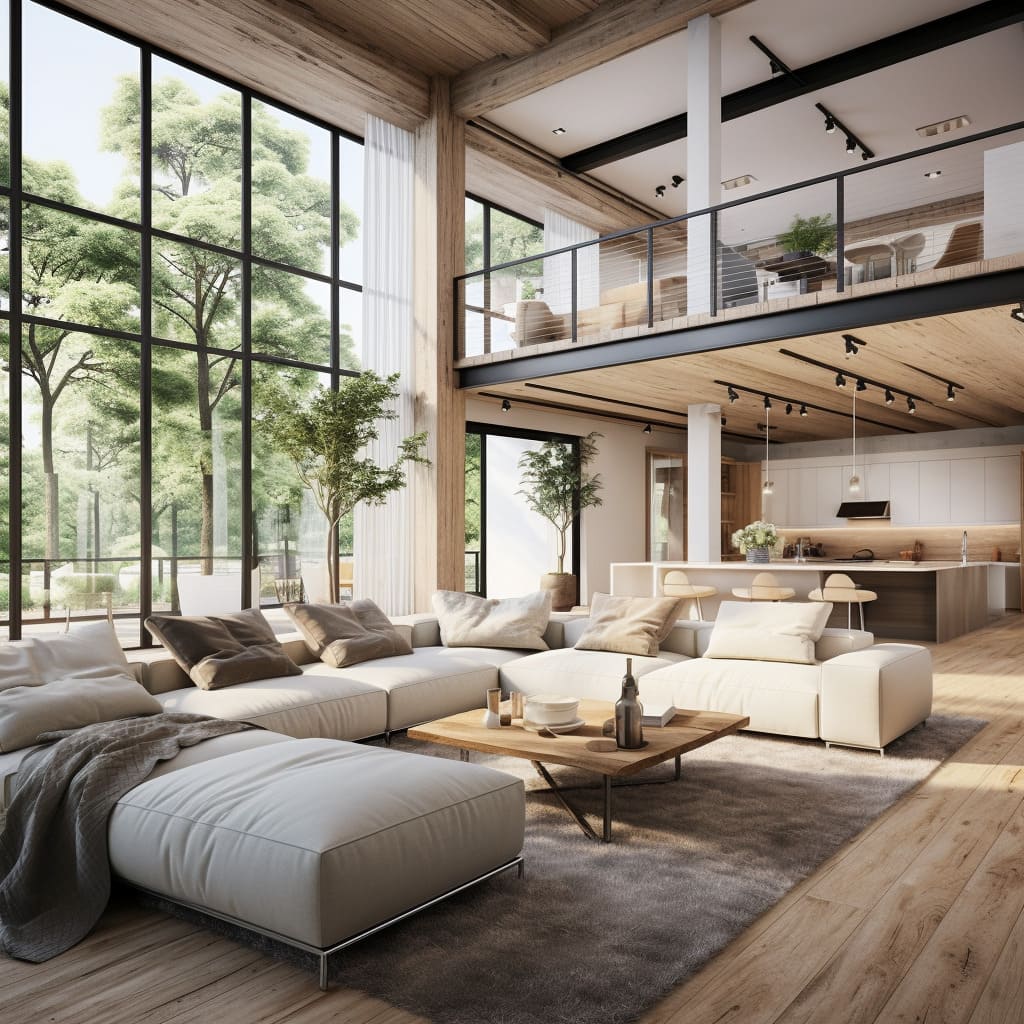
Often associated with urban living, The Industrial Aesthetic can provide a sense of modernity and minimalism and is often a popular choice in smaller living conditions in cities as its style keeps the space open.
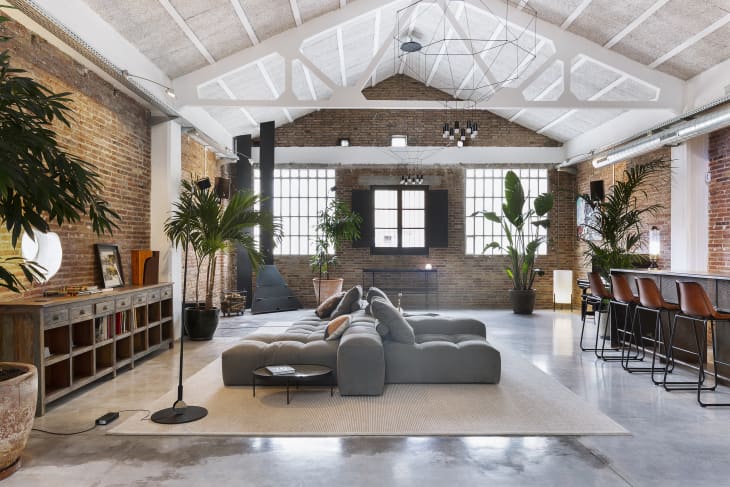
The Industrial Aesthetic, as a design movement, did not have a single key person behind it; rather, it emerged as a response to the Industrial Revolution. However, there were a few influential individuals who played a role in shaping the Industrial Aesthetic. The Industrial Aesthetic was created by a combination of technological and artistic influences with various individuals and movements contributing to its development. Frank Lloyd Wright, for example, had an impact on architectural design with his focus on functionality, simplicity, and integration with nature. The arts and crafts movement in the late 19th century led by William Morris and John Ruskin laid the groundwork for a reevaluation of design in the context of industrialization but had an aesthetic of its own.
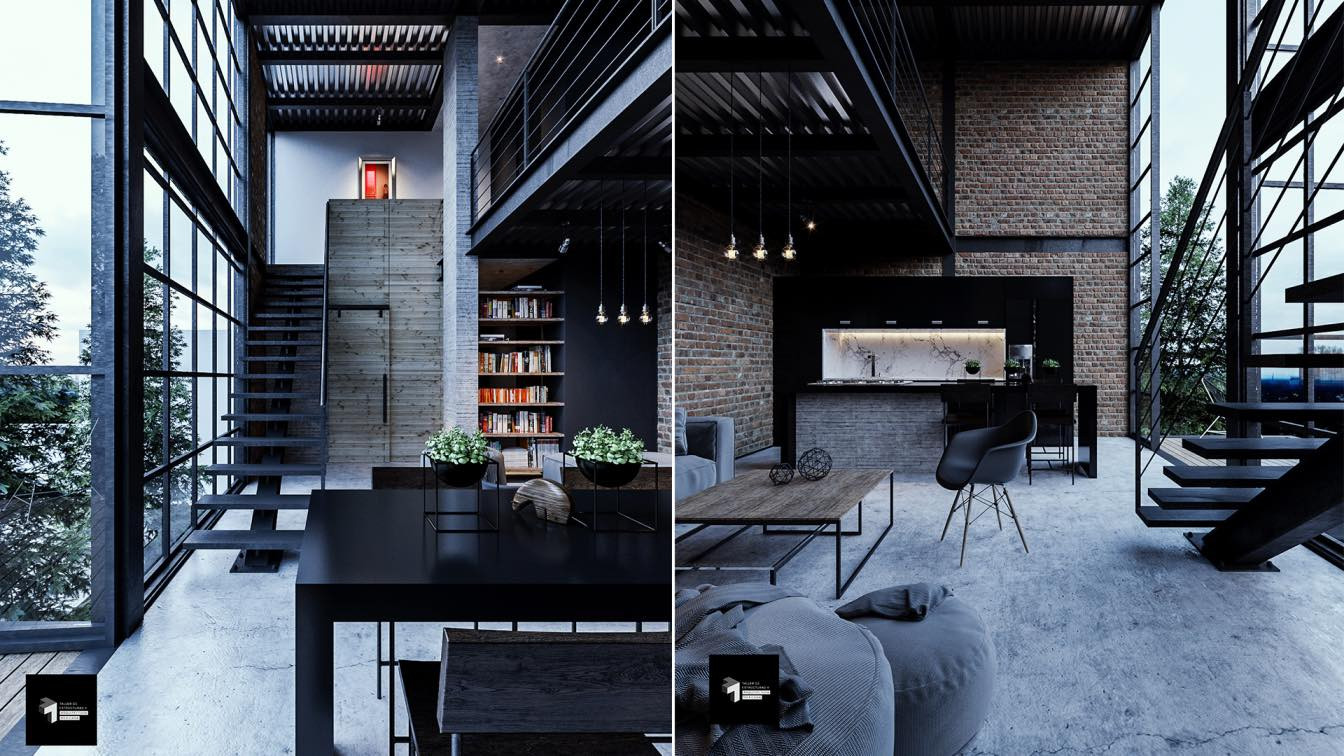
Over the years the Industrial Aesthetic has grown and influenced other fields. The Industrial Aesthetic has influenced various design fields, including architecture, interior design, and product design. It laid the groundwork for modernism and functionalism, influencing movements like Bauhaus. The aesthetic’s focus on simplicity and functionality has had a lasting impact on contemporary design. Elements of the Industrial Aesthetic can be seen in any modern loft space or urban design.
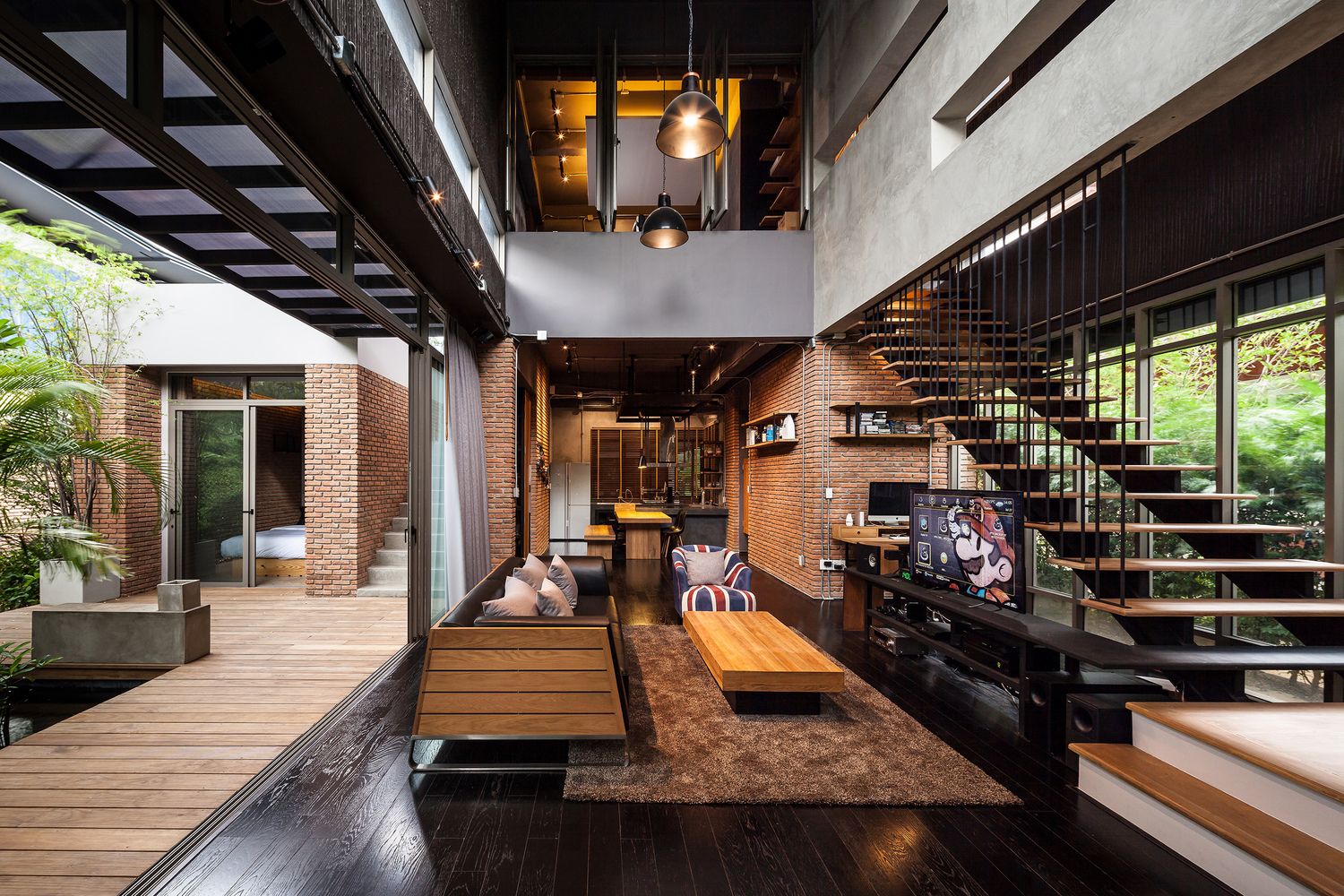
Sources/references:
Sarah Habib 2022, https://amazingarchitecture.com/visualization/modern-loft-in-the-woods-australia-by-sarah-habib-designs
Fancy house designs 2023, https://fancyhouse-design.com/blog/luxury-industrial-living-rooms/
SHED Architecture & Design 2015, https://homeadore.com/2015/02/19/industrial-loft-shed-architecture-design/
Lula Poggi 2022, https://www.apartmenttherapy.com/industrial-style-36771433
Teammx 2022,
https://amazingarchitecture.com/visualization/southern-star-loft-cuernavaca-mexico-by-teammx
Alkhemist Architects 2013, https://www.archdaily.com/786334/two-houses-at-nichada-alkhemist-architects

2 Comments. Leave new
Matthew, I enjoyed reading about the industrial aesthetic, and a lot of the images you have included look very modern. I like the industrial look of these homes and it makes me wonder in what ways the Industrial Aesthetic adapts to different environments and purposes. For example, how might it differ in residential spaces compared to public or commercial spaces? I never knew how modern a home could look when using vintage or salvaged items.
Hey Matthew! I enjoyed reading your post and looking at the images you included. Your image selection was fantastic! All of them perfectly embodied the industrial aesthetic with color and material selection. A lot of the examples you showed have very few curved surfaces instead mostly having sharp corners and long flat surfaces. Is this a fundamental component of the industrial aesthetic?